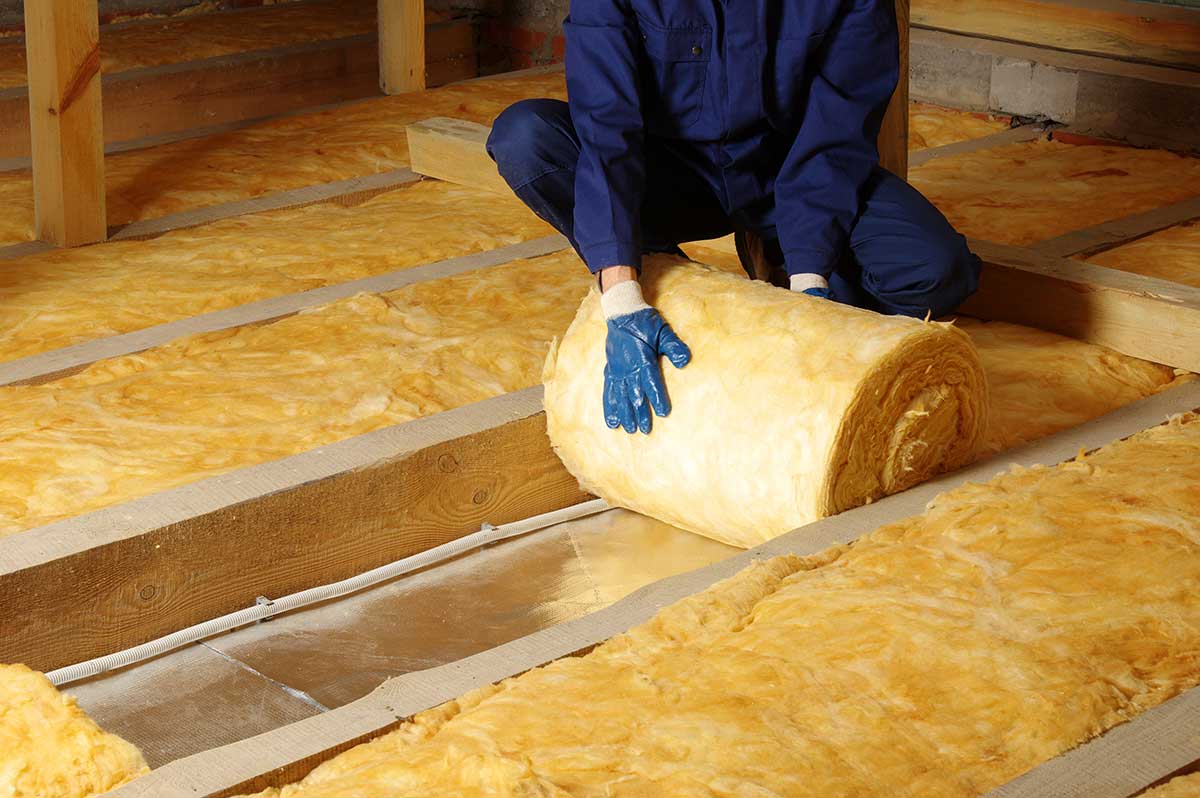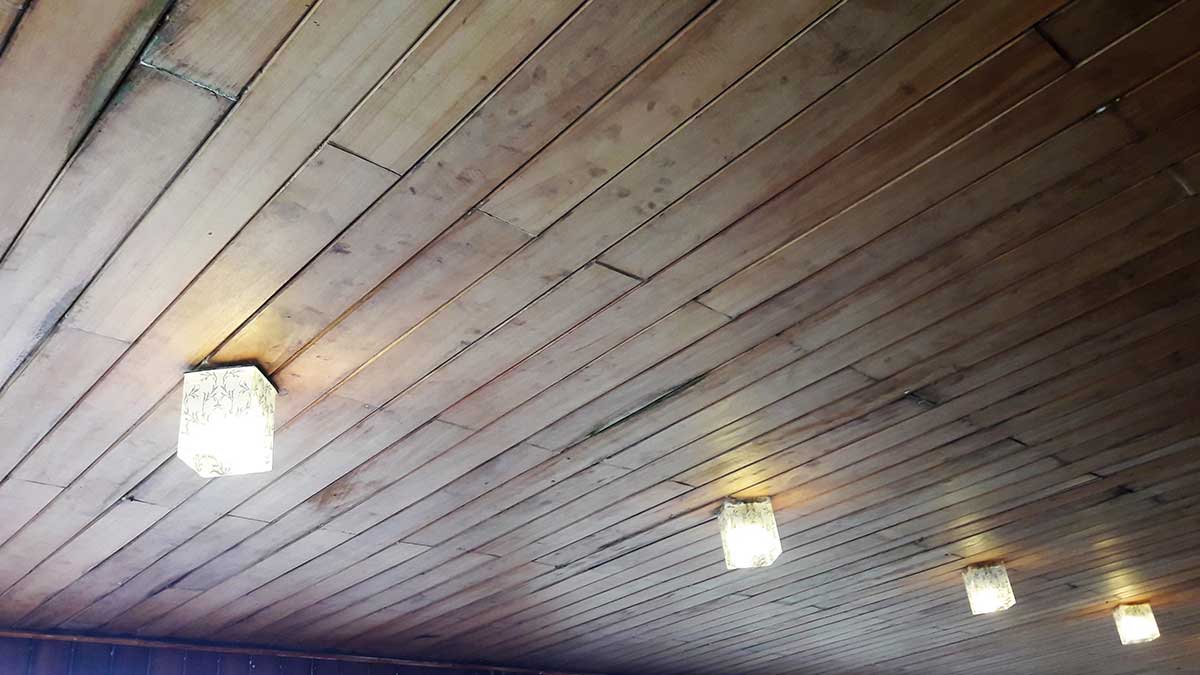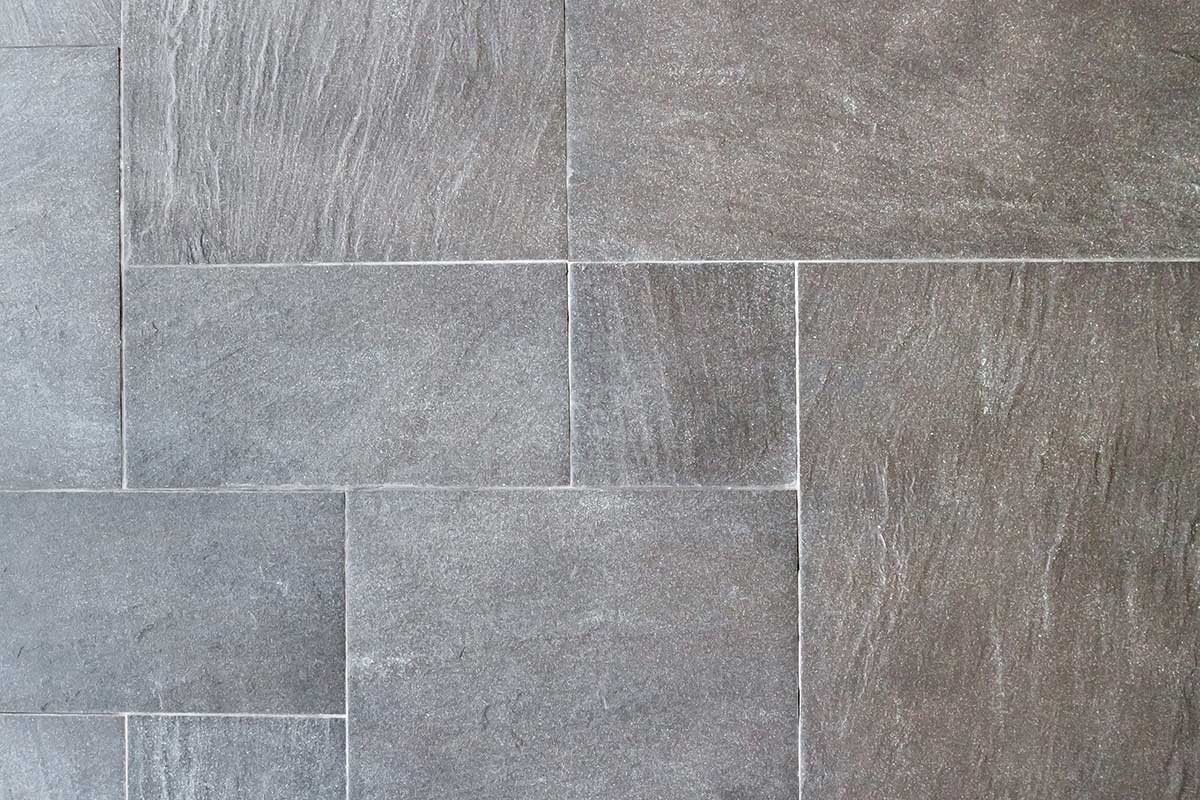Properly insulating your home is a valuable improvement which can save you money on your heating bills, increase the property value, and improve your comfort at home.
A house can lose as much as 10% of its heat through the floors if they are not properly insulated, reducing its energy efficiency and costing you additional money to keep your home heated.
While attic and wall insulation can deliver greater benefits than underfloor insulation, it is still a worthwhile investment in bringing your home up to modern standards.
It is important when undertaking a floor insulation project that you make use of the right insulation and installation techniques for your property to get the greatest benefits, and avoid any complications.

The key takeaways:
Table of Content
What is Floor Insulation
Floor Insulation consists of insulation placed below the floor of your house to improve its thermal performance and cut your heating bills by as much as 10%.
This is achieved by installing insulation either between the joists of suspended timber floors, or layered on top of or beneath the slab of a solid floor.
There are multiple different types of insulation used in floors from rigid polystyrene boards; batts of mineral wool, fibreglass, or natural materials; or pumped foam and blown cellulose insulation.
How Much Can You Save With Floor Insulation
Having a well-insulated floor can result in significant savings on your average heating bills.
According to the Commission for the Regulation of Utilities, the average annual gas consumption of an Irish household is 11,000kWh. This would result in an annual gas bill of roughly €1,466, which floor insulation could reduce by as much as €146 a year.
Of course, not all households will be using the average amount of gas, and your savings will vary depending on how large your home is.
| Property Type | Gas Consumption* | Estimated Annual Gas Bill ** | With Floor Insulation |
| Apartment | 7,480kWh | €967 | €870 |
| Mid-Terrace | 7,699kWh | €992 | €893 |
| End-Terrace | 8,635kWh | €1069 | €962 |
| Semi-Detached | 9,875kWh | €1,235 | €1,112 |
| Detached | 13,563kWh | €1,647 | €1,482 |
* Household Gas Consumption figures derived from CSO data for 2022.
** Estimated Gas Bills based on Bord Gais Energy Standard 24-hour tariff with standing charge and VAT.
The potential savings estimated above are based on the assumption that your home does not already have floor insulation.
Floor Insulation Cost
The cost of having floor insulation installed will vary depending on the size of your property, the type of floor you have, insulation materials, and labour costs.
Materials commonly used in underfloor insulation can cost in the region of:
The cost of both of these, and solid board insulation, can vary greatly depending on the quality of the materials and the thickness being installed.
On average the cost of providing floor insulation for your house will cost in the region of €900 to €1,500. However, these prices are estimates and will vary from home to home.
Floor Insulation Grants
The SEAI provides grant funding to help homeowners with the cost of carrying out energy upgrades, including for insulation.
The grants are available for all homeowners, including landlords, as well as approved housing bodies. The grant for AHBs is larger than what is available for private homeowners.
In order to qualify for these grants the property in question must have been built and occupied before 2011.
Benefits of Floor Insulation
If you are considering under floor insulation for your home, consider the following benefits.
How to Install Floor Insulation
How you install insulation for your floor will depend greatly on the type of floor in your house. Older buildings are more likely to have a suspended timber floor for the property, while concrete floors are more common in newer houses.
Both suspended timber and concrete floors have multiple methods by which they can have insulation installed on them.
Suspended Timber Floor
A suspended timber floor consists of floorboards laid over timber joists, with an air gap between the timber floor and the ground. This can typically be accessed from either above or below depending on the size of the crawl space beneath the floorboards.
With suspended timber floors the insulation will be placed between the joists, and covered with a vapour layer to ensure that they are airtight and protected from moisture.
A suspended timber floor can be accessed from above by removing the floorboards, or if you have a cellar they can also frequently be accessed from below.
When working from above a mesh is placed in between the joists to suspend any boards of rigid insulation or batts of mineral wool or natural products. After this a vapour layer is placed on top to provide a waterproof and airtight seal which can also help reduce draughts.
If working from below it is far easier to work with polyurethane pumped foam which can be sprayed directly onto the underside of the floorboards, with the vapour layer then laid on below.

The Importance of Ventilation
If you are installing underfloor insulation on a suspended timber floor it is important not to block up any air bricks or other ventilation in your walls. They are necessary to ventilate the space beneath your floorboards. Without them, damp could develop causing your floorboards to rot.
Solid Floor
More modern homes are usually built over a solid floor slab of concrete. For these types of floors, insulation can be laid on top of it along with a vapour layer, or it can be insulation if the floor needs to be replaced.
With a concrete floor, a layer of insulation can be placed on top of an existing slab. First, a waterproof vapour layer is placed on top of the slab, and the insulation is laid on top of that. Solid board insulation is typically a very good choice for this.
After the insulation is in place the floor is relaid. Be advised that this method will see your floor level raised, and may require significant adjustments to skirting boards and door frames, which will add to the labour costs.
Alternatively, if a new floor slab is being put in altogether, either in a new build or major retrofit, then the insulation layer can go beneath the floor slab. This method allows you to be more liberal with the thickness of the insulation being installed.

Get in Touch
Take our assessment today to get a free quote on home insulation and start your journey towards more comfortable living.


